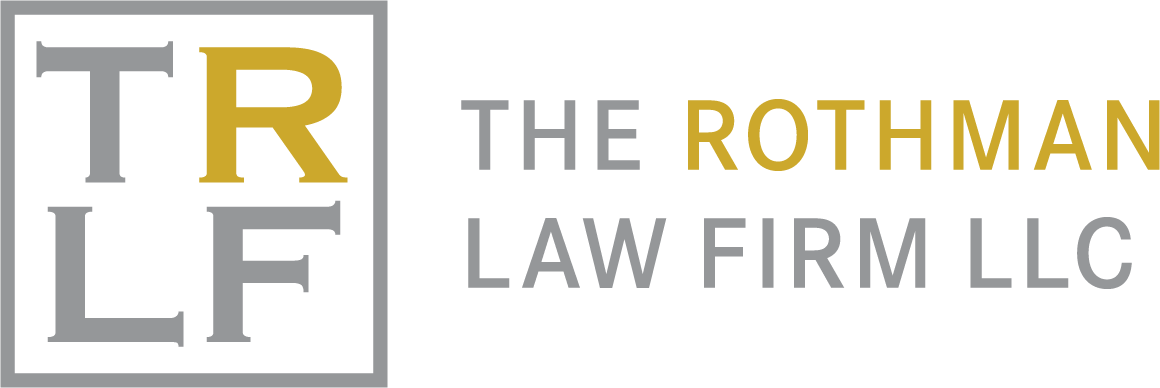Restoring a Cancelled Trademark
A trademark registration protects marks that individuals and businesses use to identify goods and services in interstate commerce. In certain instances, parties can lose their trademarks if they fail to file the correct paperwork or they make misrepresentations on their initial application when seeking trademark registration. By following certain steps, restoring a cancelled trademark may be possible in many situations.
Petition to the Director
One of the first steps that should be taken when restoring a cancelled trademark is to file a petition to the director to revive the trademarks. This is perhaps the fastest way to revive the trademark since going through the entire trademark process over again can take time and resources. A petition to the director should usually explain why necessary steps were not taken to preserve the trademark and other information that is required by the Trademark Office.
It should be noted that a petition to the director will not succeed in all circumstances, and the reason why the trademark was cancelled will largely determine if a petition to the director will successfully restore the trademark. If the petition to the director does not succeed, it is likely that the Trademark Office will inform parties of steps that should be taken to restore a trademark. It is important to speak with experienced trademark counsel to determine if your situation is a circumstance in which a petition to the director may succeed.
File a New Trademark Application
If a petition to the director has been denied, the next step that typically should be taken when restoring a cancelled trademark is to file a new trademark application. In order to file a new trademark application, applicants should go through the normal process when filing a trademark registration for a completely new mark. The only difference is that the applicant should note that the application relates to a prior registration, which might help get the application reviewed faster.
In order to prepare to file a new trademark application, applicants should be prepared with all of the appropriate information related to the application, like contact information for the applicant, information about the mark, and other details. In addition, the applicant should also be prepared with a proper specimen showing the mark and how it is used in commerce so there are no delays in processing the application. An experienced trademark attorney should be able to compile all of the information needed to process an application and ensure that an application is processed as quickly as possible.
Request to Make Special
Usually, after filing a new trademark application, when restoring a cancelled trademark, applicants should file a request to make special. In essence, a request to make special asks the trademark office to give particular and expedited attention to an application because of circumstances surrounding the application. This could include prior ownership of the application if an applicant used to own a trademark which was subsequently cancelled.
In order to file a request to make special, applicants usually need to provide a variety of information to the Trademark Office. Applicants usually need to provide the serial number for the most recent application, and the registration number of the prior trademark registration that was cancelled. The applicant also usually needs to convey information for why the request to make special should be granted, which typically requires the applicant to relate how a prior trademark was cancelled and a new application was submitted. If a request to make special is granted by the Trademark Office, it can take days or weeks to decide a trademark application instead of the months it usually takes, so it is important to file a request to make special whenever this is possible.
Amend the Registration
Another optional step when restoring a cancelled trademark is to consider amending the application after the trademark is restored. In order to file a request to make special, applicants usually need to file the exact same trademark that was included in a prior application. In addition, the applicant usually also needs to request that the trademark be used for the exact same goods and services that were included in the original application or a narrower set of goods and services. Since a request to make special is a powerful tool that can expedite the trademark process, parties may wish to simply file for the exact same trademark with the same or narrower goods and services as the original application.
However, sometimes applicants are permitted to amend their trademark registrations to add more goods and services for which the marks are used or to amend the trademark itself. After a trademark has been restored through the process noted above, an amendment can strengthen an applicant’s trademark registration and permit applicants to have more freedom with their marks. There may be more expenses associated with filing an amendment to a trademark application, but it may be worth it to realize the benefits of a request to make special and an amended registration.
The Rothman Law Firm is experienced with all manner of trademark issues. If you are looking for an experienced New York and New Jersey trademark attorney to handle restoring a cancelled trademark or other legal issue, please feel free to contact The Rothman Law Firm to request a free consultation.

